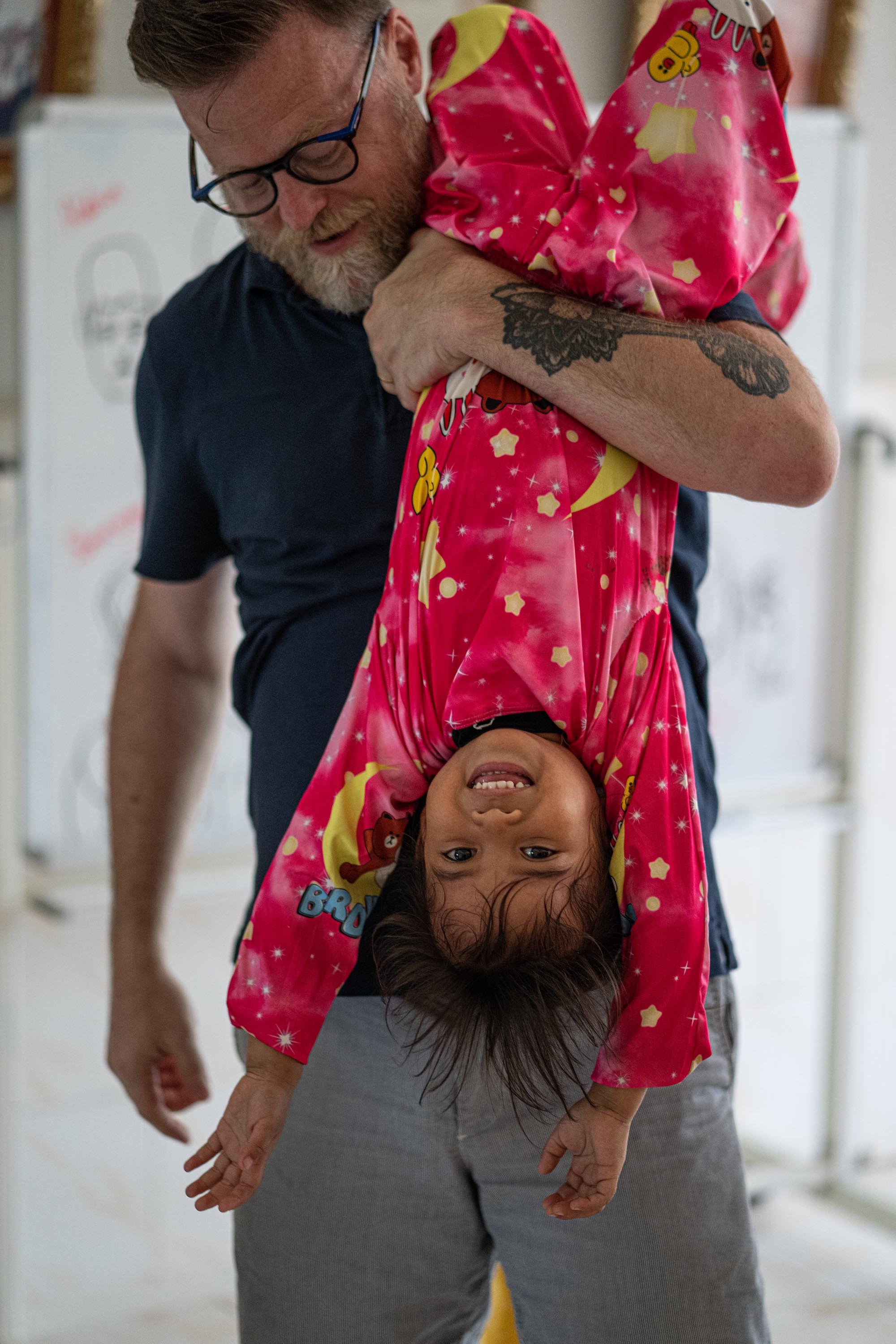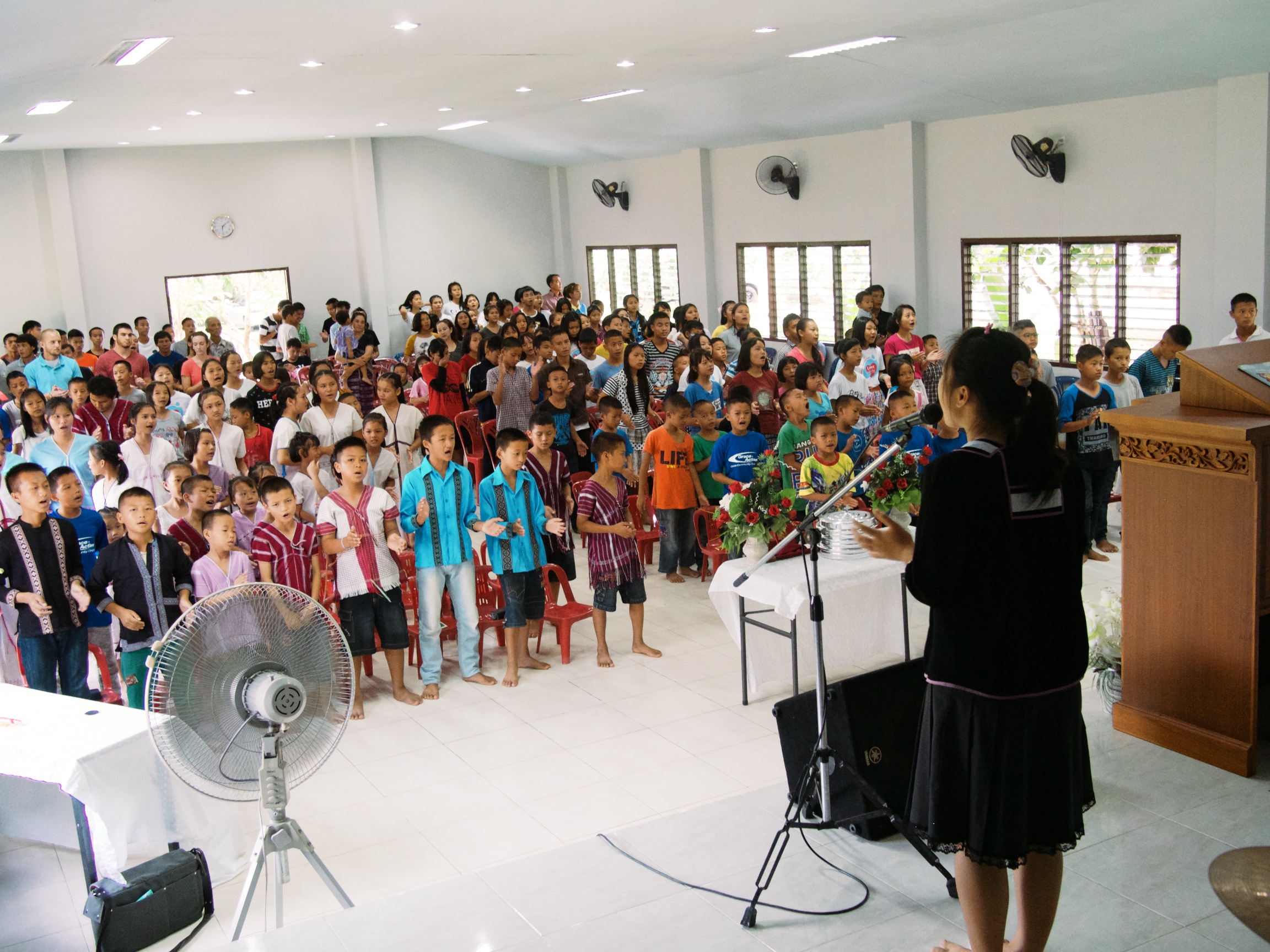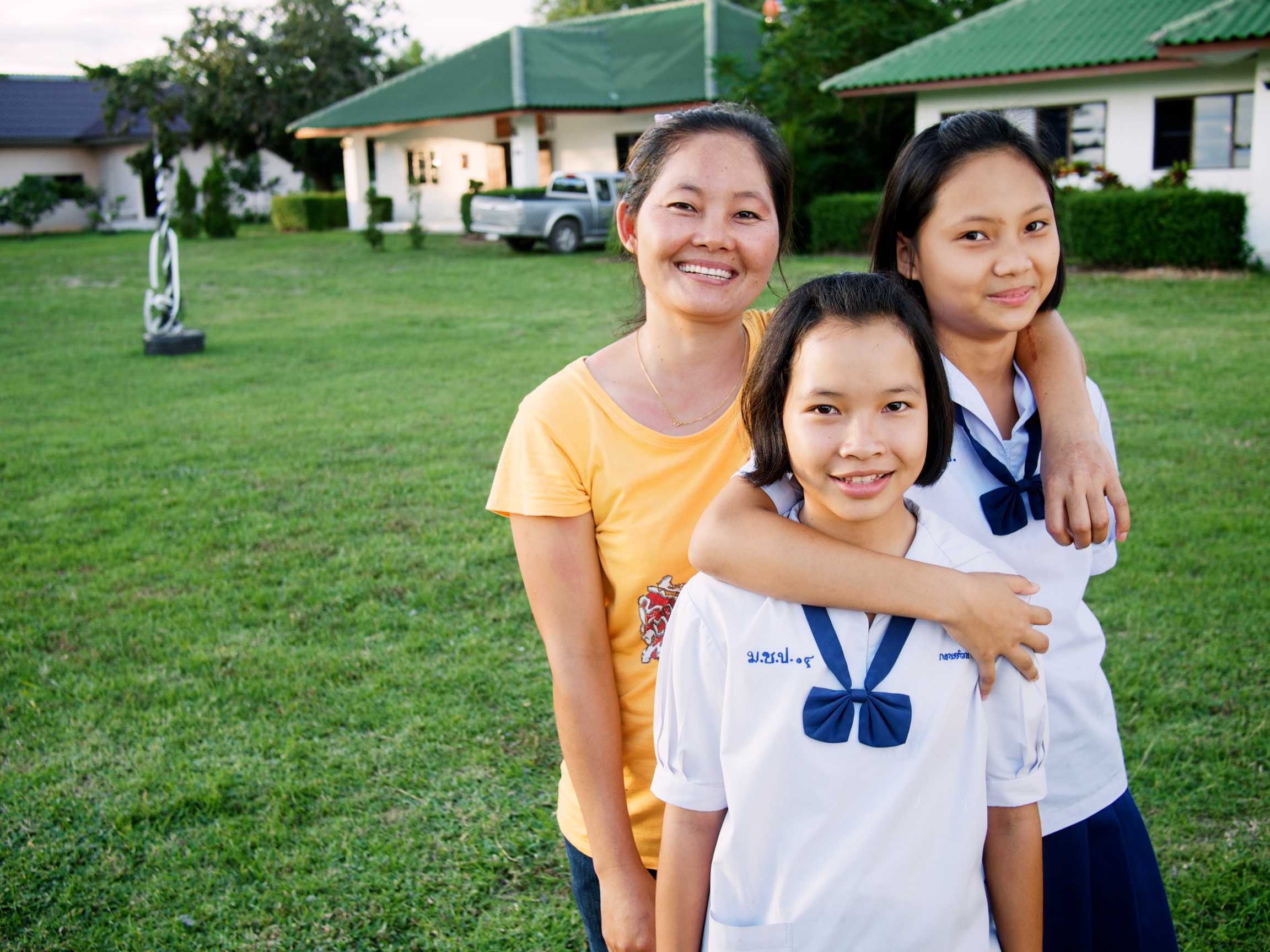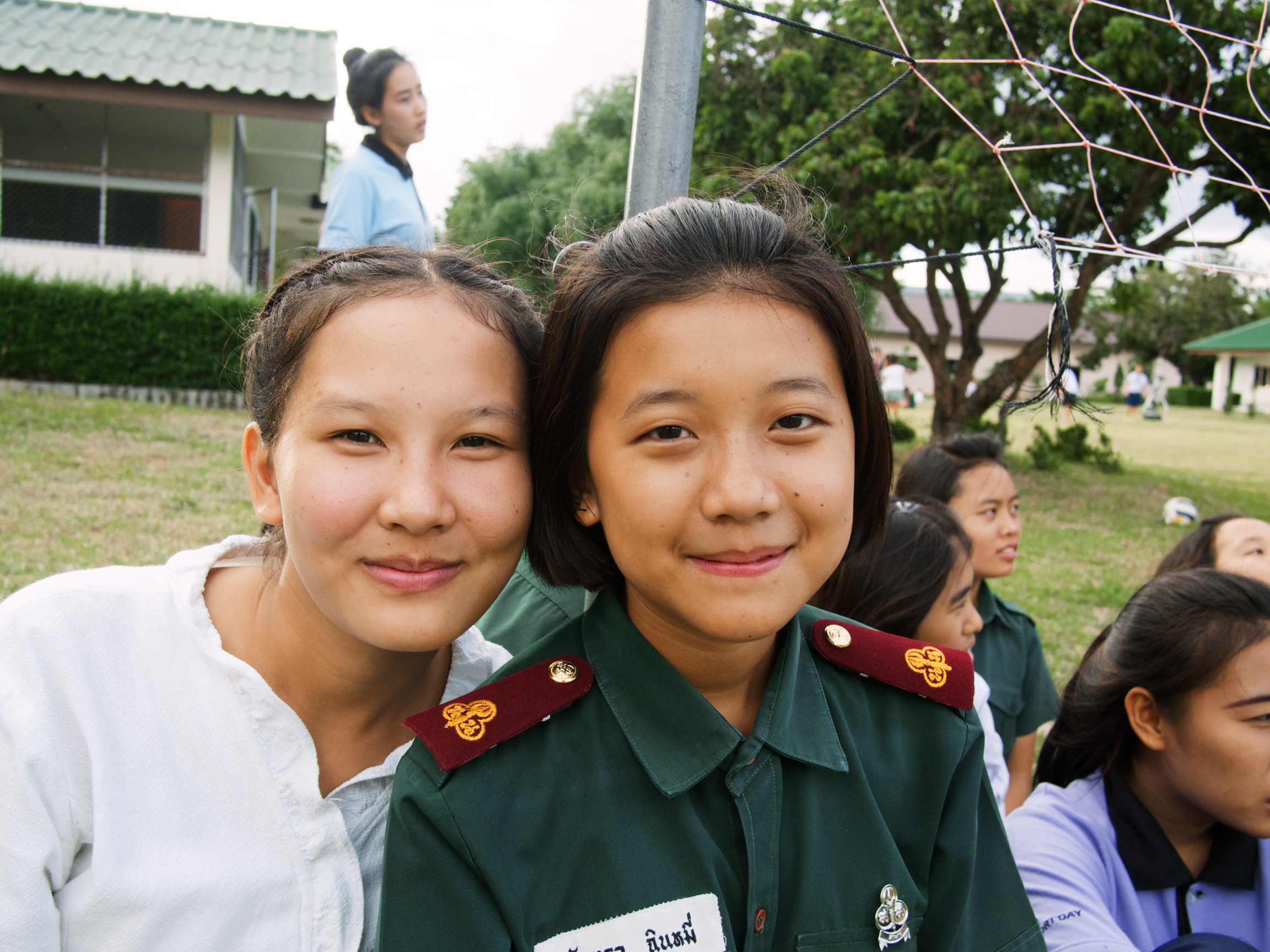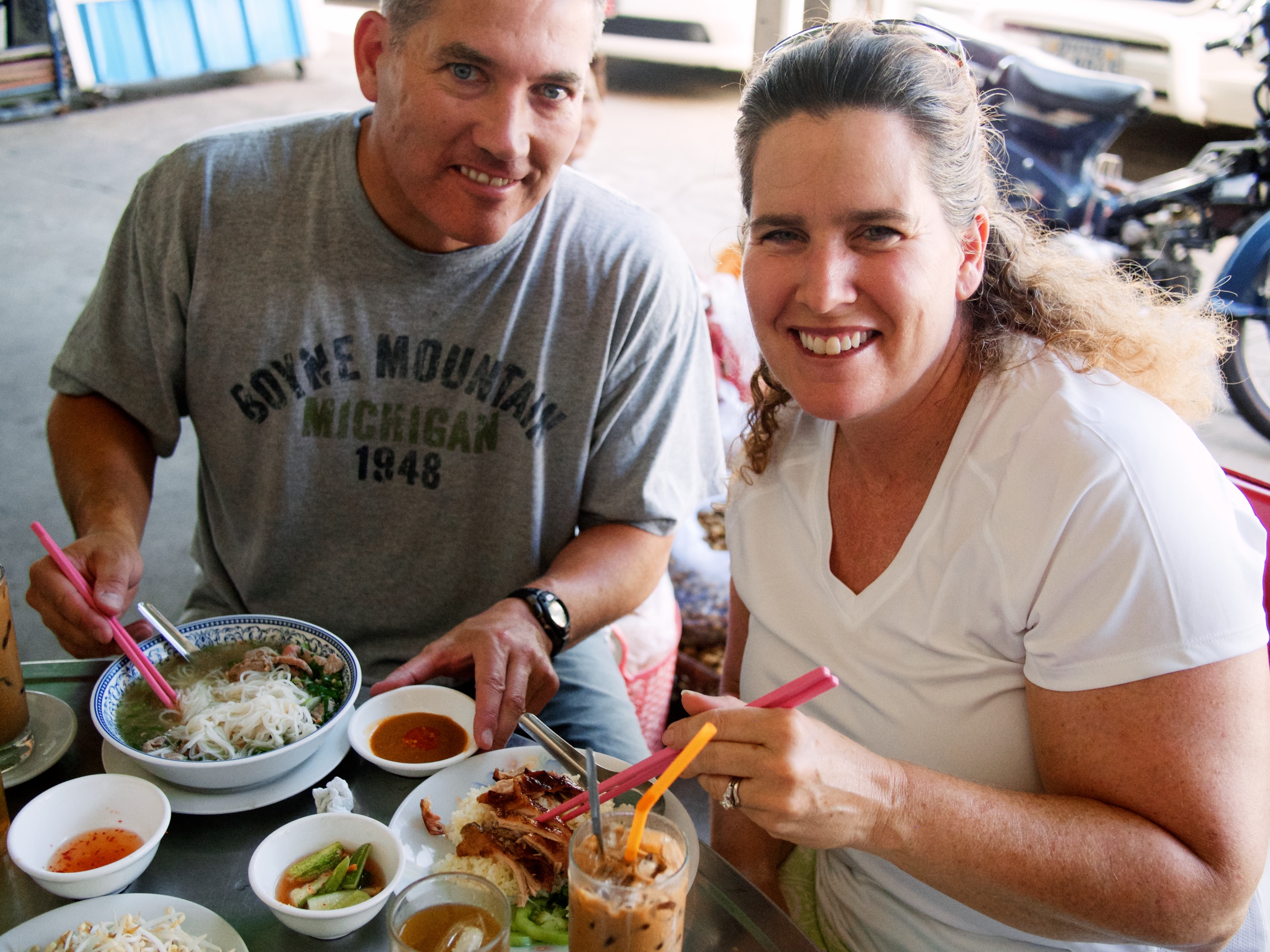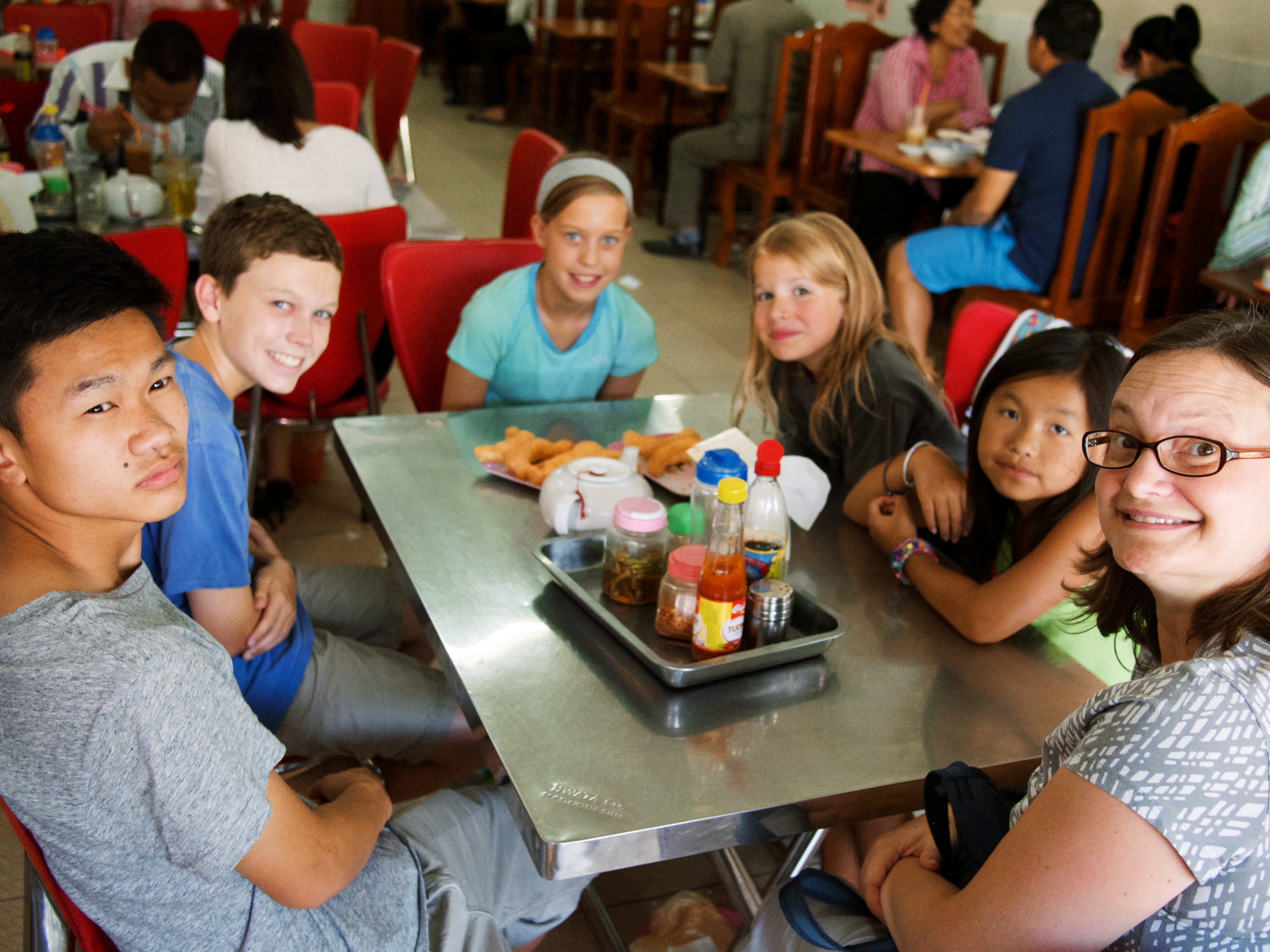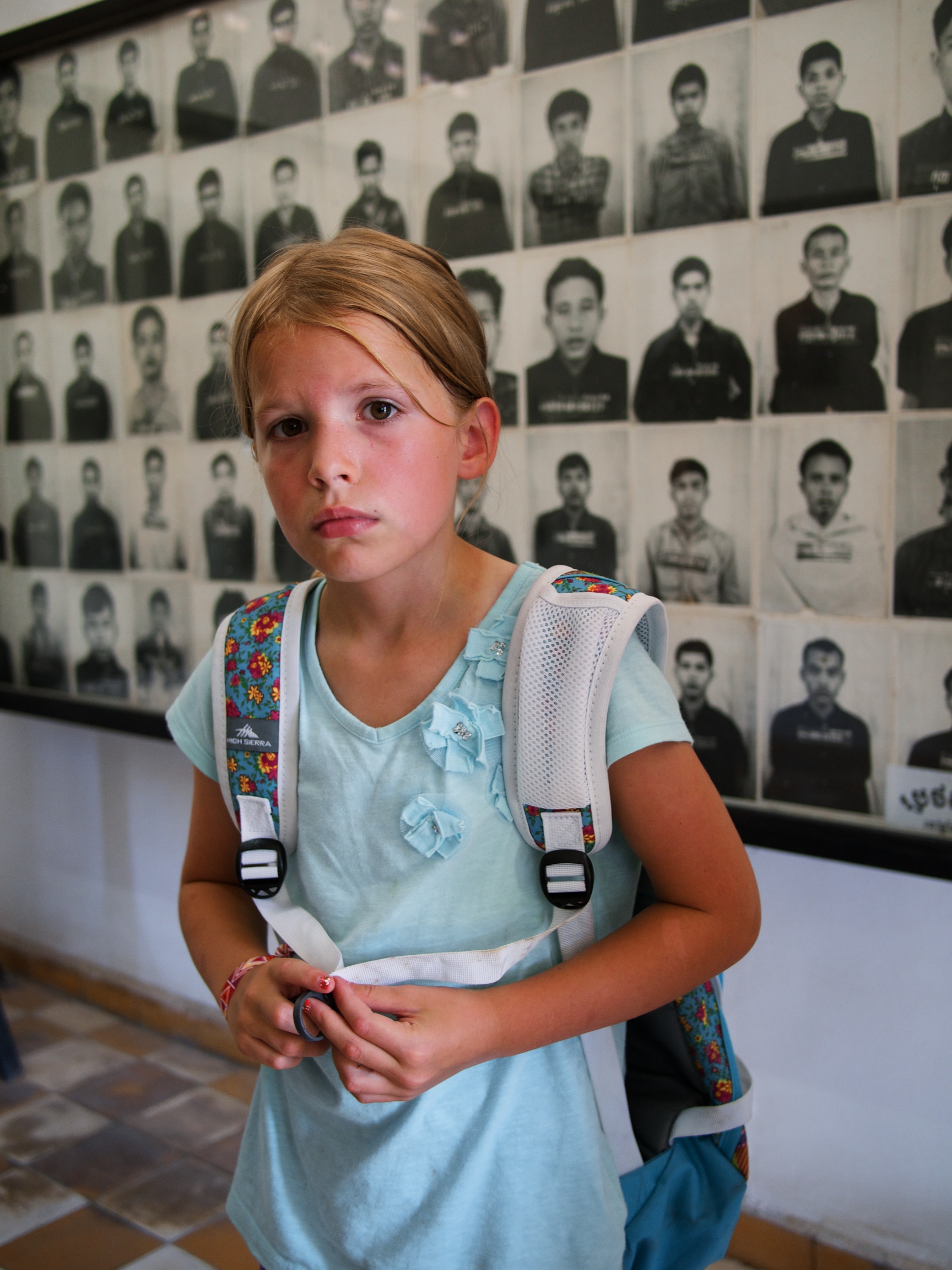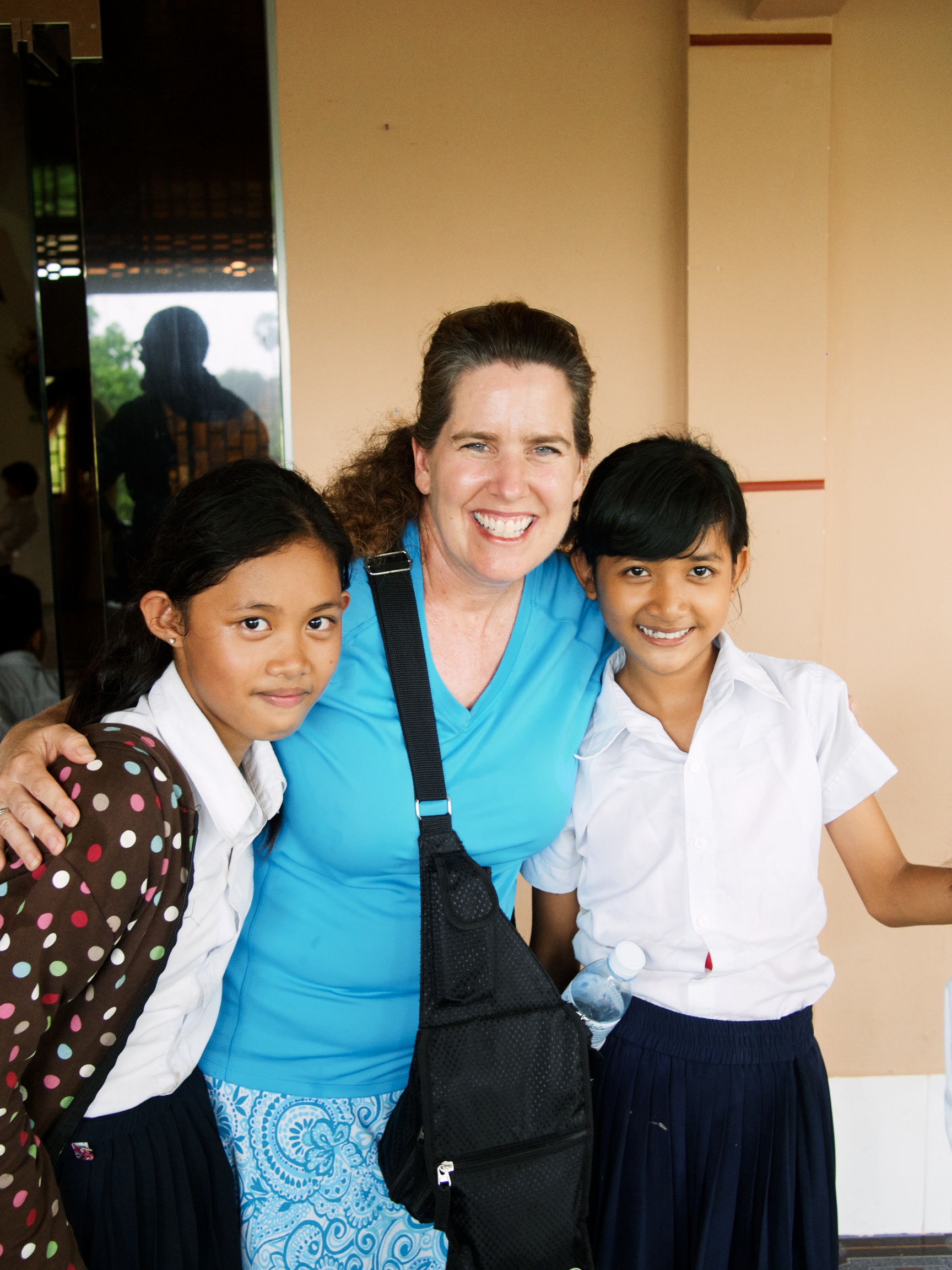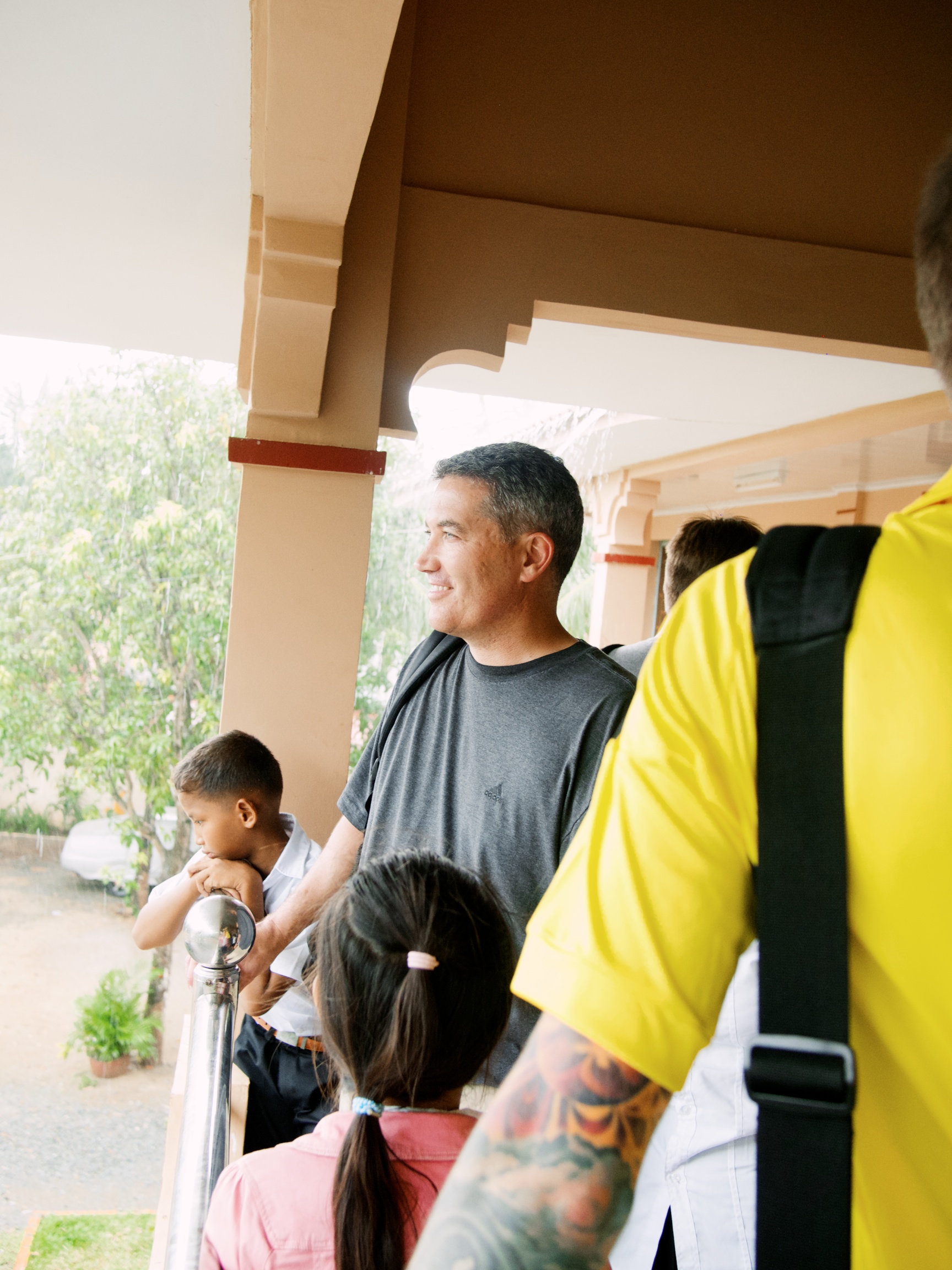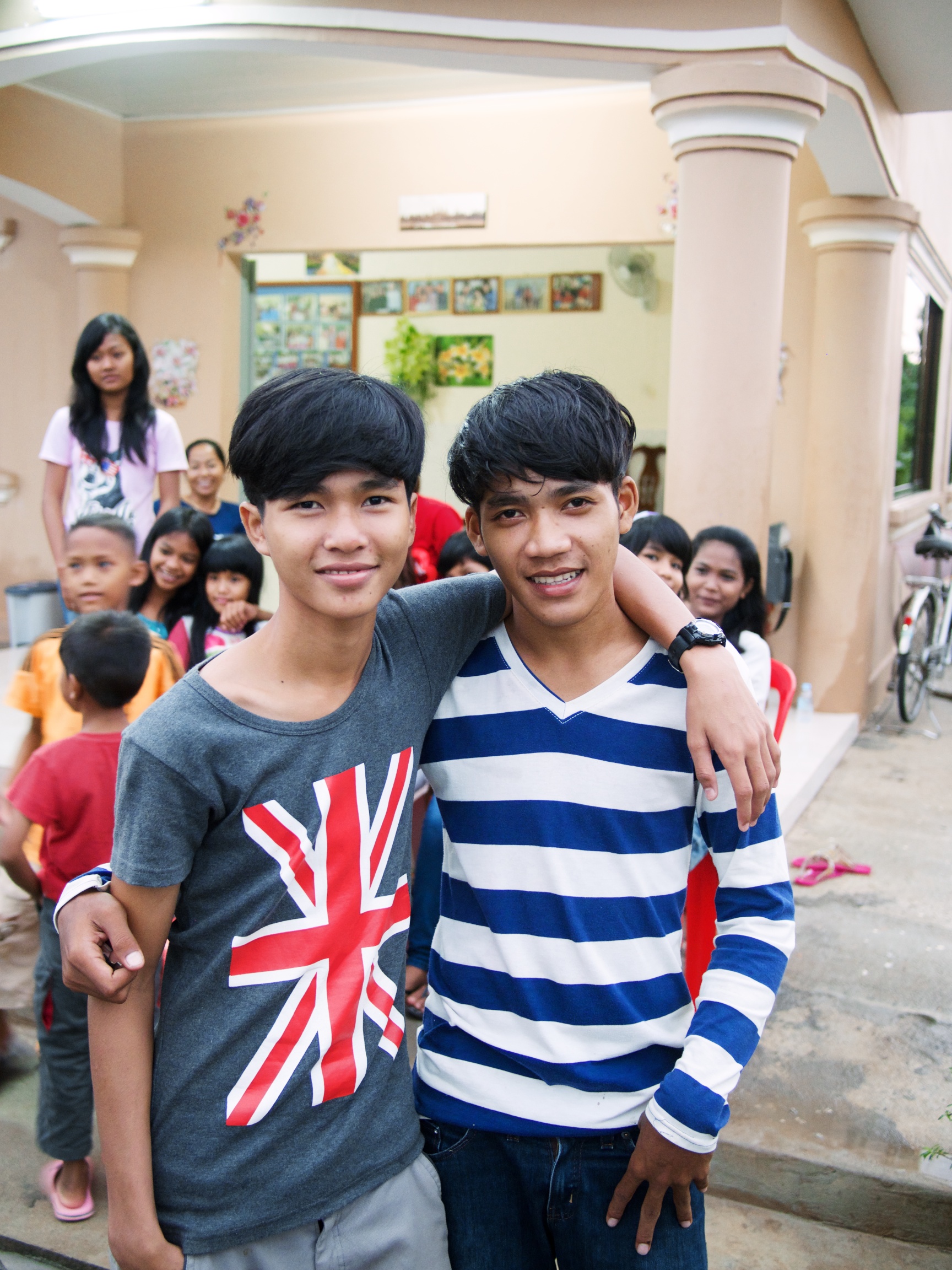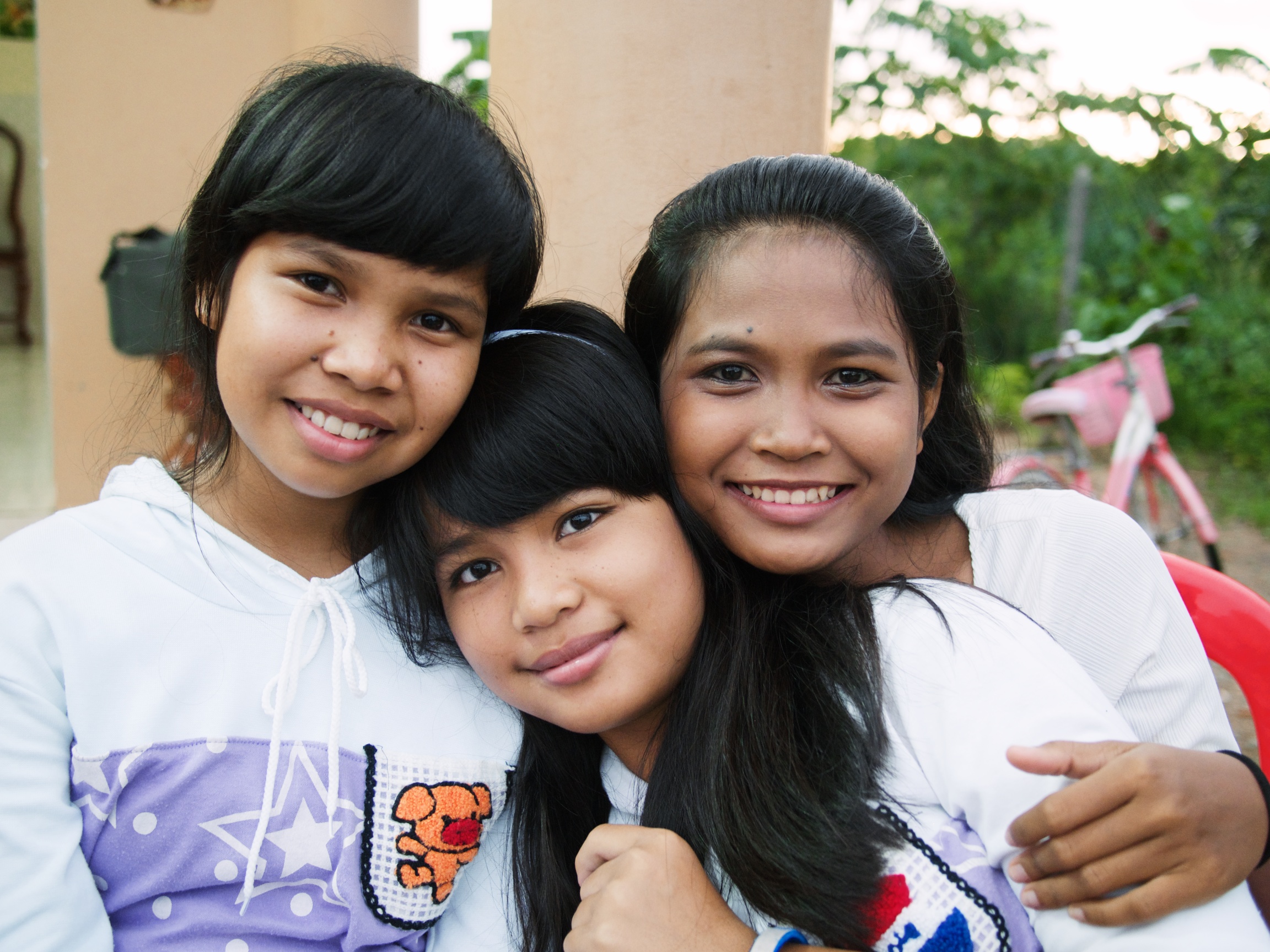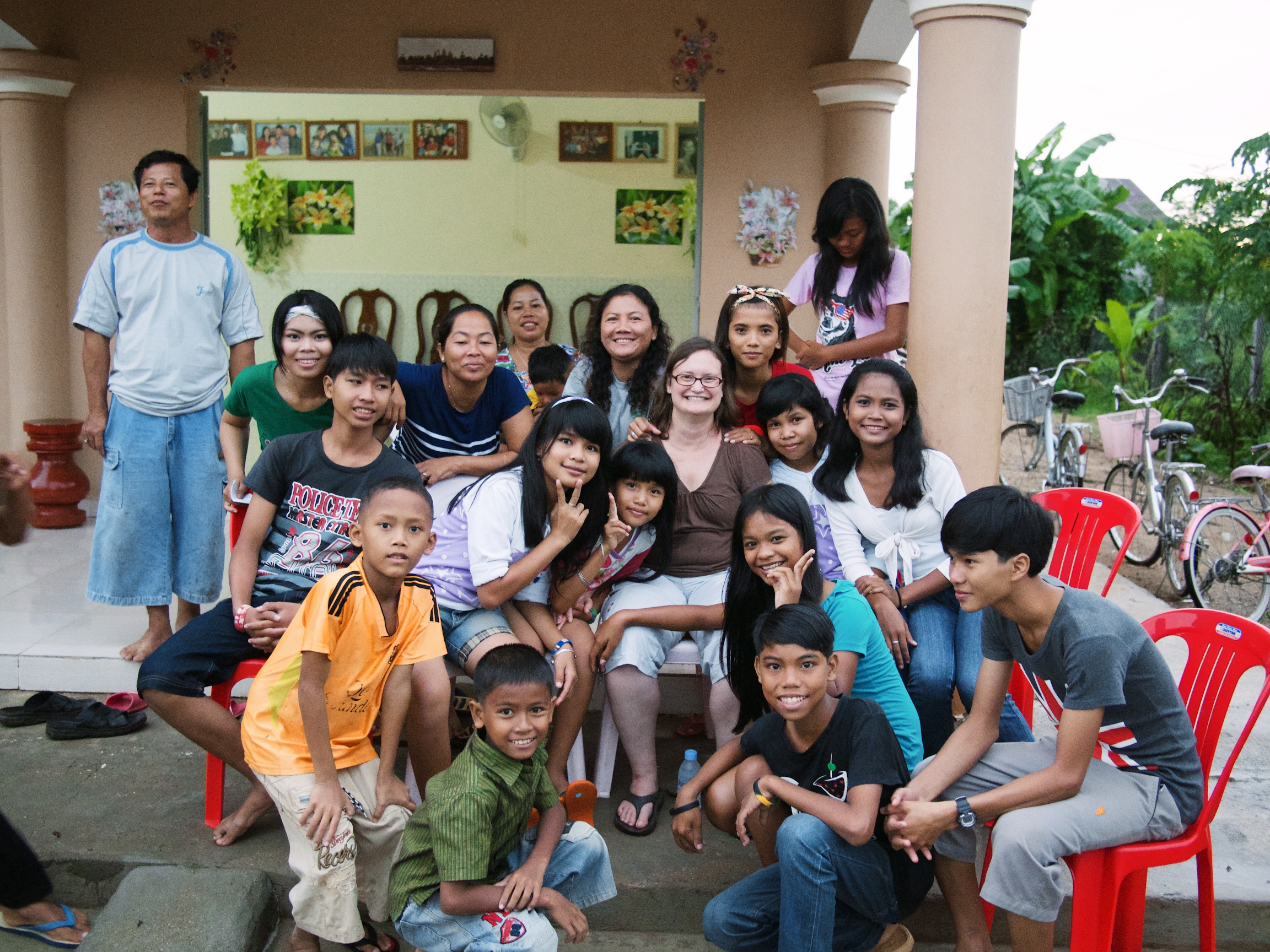At Asia's Hope, we've long asserted that orphaned children do best in families, not institutions. Our newest video echoes other materials we've developed in asserting that our Asia's Hope homes are real families with real moms and dads and real siblings.
That terminology is not entirely uncontroversial. In fact, for the purposes of some academic and social science research into orphan care, an "institution" is any residential program with non-biological family members and paid staff.
But in common parlance, the terms "institution" and "orphanage" have become so loaded, that they complicate any real attempts to evaluate whether or not a particular setting is likely to produce good outcomes for children in difficult situations.
The Dickensian squalor evoked by the term "orphanage" does indeed exist in many of the world's low-nurture orphan care settings. Children do in many cases languish, unloved in institutions run by barely-trained, badly-paid shift workers.
Unfortunately, that image often gets projected onto all residential orphan care models, including excellent ones like ours. As a result, we've seen an upsurge over the last few years of activist groups with a misguided agenda to eliminate, rather than innovate residential orphan care worldwide.
But the best and most relevant research demonstrates that orphaned children can do well in residential care settings. And at Asia's Hope, we believe that our mode of care is signficantly different — and vastly better — than older, more institutional models.
So while some ideologically hardened critics of residential orphan care seem unable to accept that such a thing as "non-institutional, family-style residential care" can exist — to them, all "orphanages" are the same — we're proving them wrong. Every day.
So what's the difference between an institution and a family?
In low-nurture, institutional orphanages, the staff do not view themselves as parents -- they lack the resources, the training and the support to adequately respond to a child's psychological and emotional distres. They are often overworked, tasked with looking after far too many children in a setting that feels more like a hospital or a half-way house than a home. In many cases, caregivers work in shifts and go back to other homes when they aren't "on the job." There is little planning for a child's transition to adulthood; when a kid reaches a certain age, they're simply shown the door. As a result, the children in institutional care remain orphans. They may receive basic nutrition, shelter and medical care, but they never get what an orphaned child needs most: the love of a family.
At Asia's Hope, each home is based on a family model, run by a husband and wife who serve as parents, not simply caregivers. Their biological children live with them at the home, and are raised alongside their new siblings, the orphaned children rescued by Asia's Hope. The home parents are supported by other live-in caregivers and a wide variety of tutors, coaches, nurses and by the wider Asia's Hope community. We offer each child the opportunity to attend university or receive vocational training to help them transition to independent adulthood. And most importantly, we give each of our kids the most important gift imaginable when we remove from them the stigma and the weight of being an orphan by placing them in a loving, permanent family.
We believe Asia's Hope has been called to help change the way the world thinks about, talks about and implements residential orphan care. But we can't do it without you. We need more churches, more businesses, more families and more individuals to join our efforts to improve and expand family-style orphan care around the globe.
Watch the video. Share it with your friends. Contact me today: john@asiashope.org

